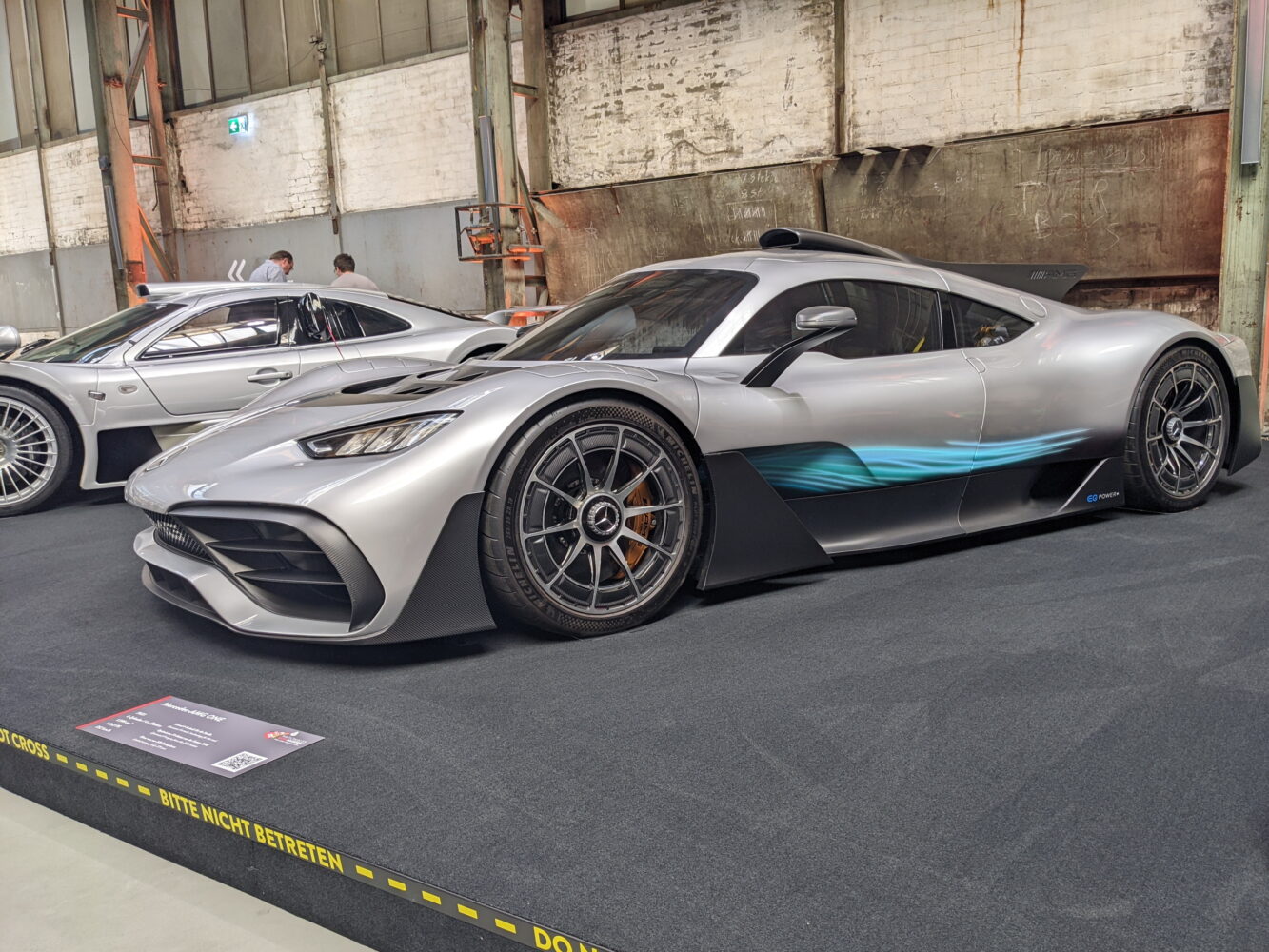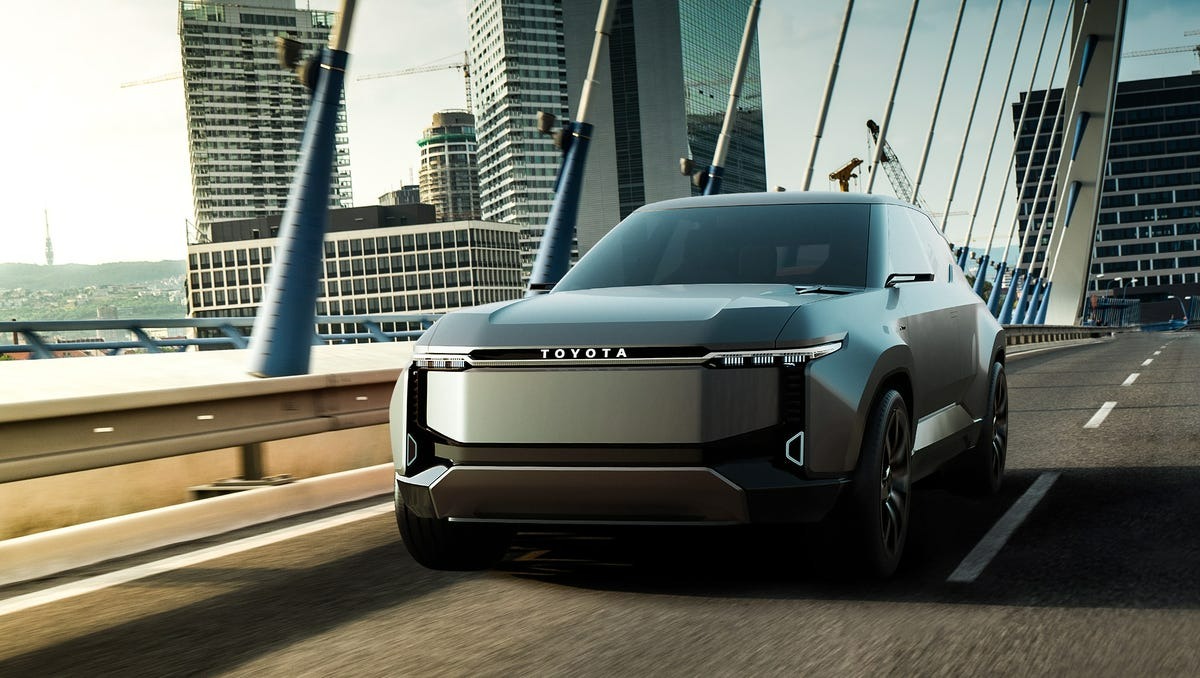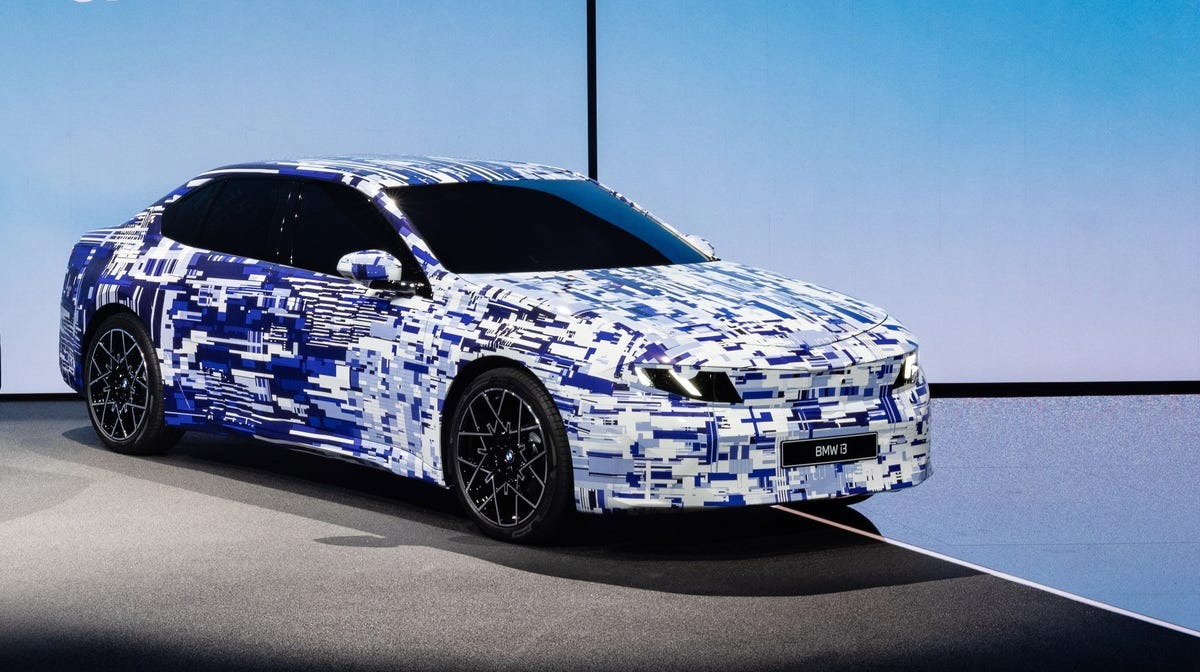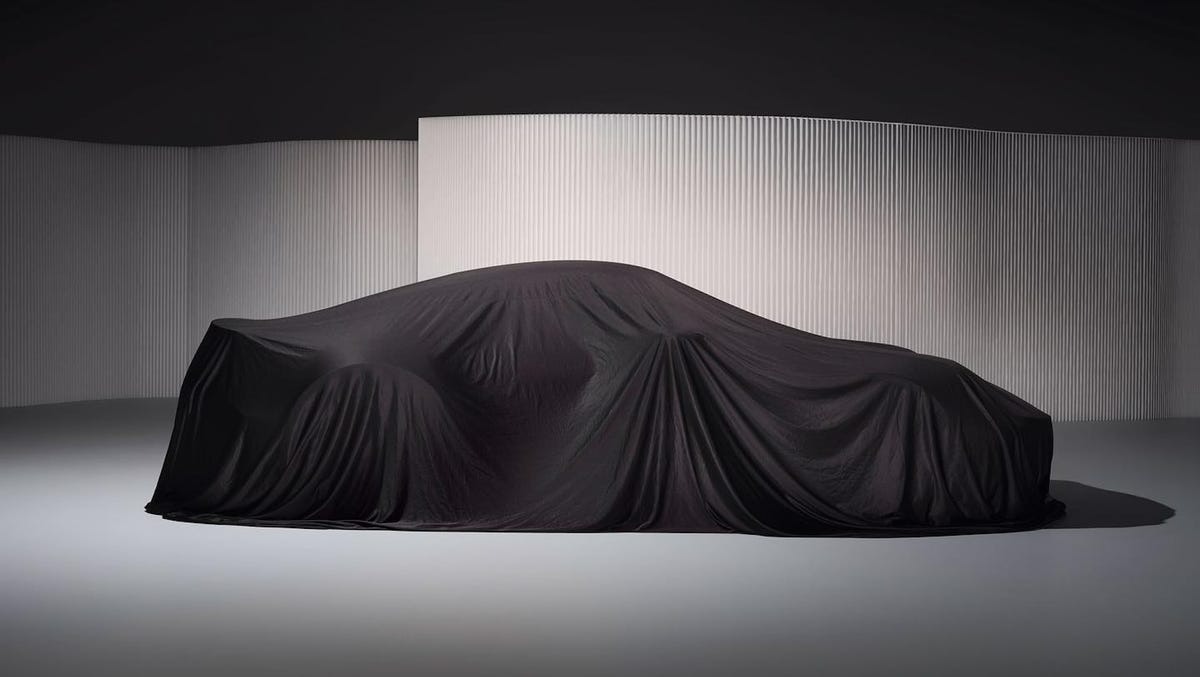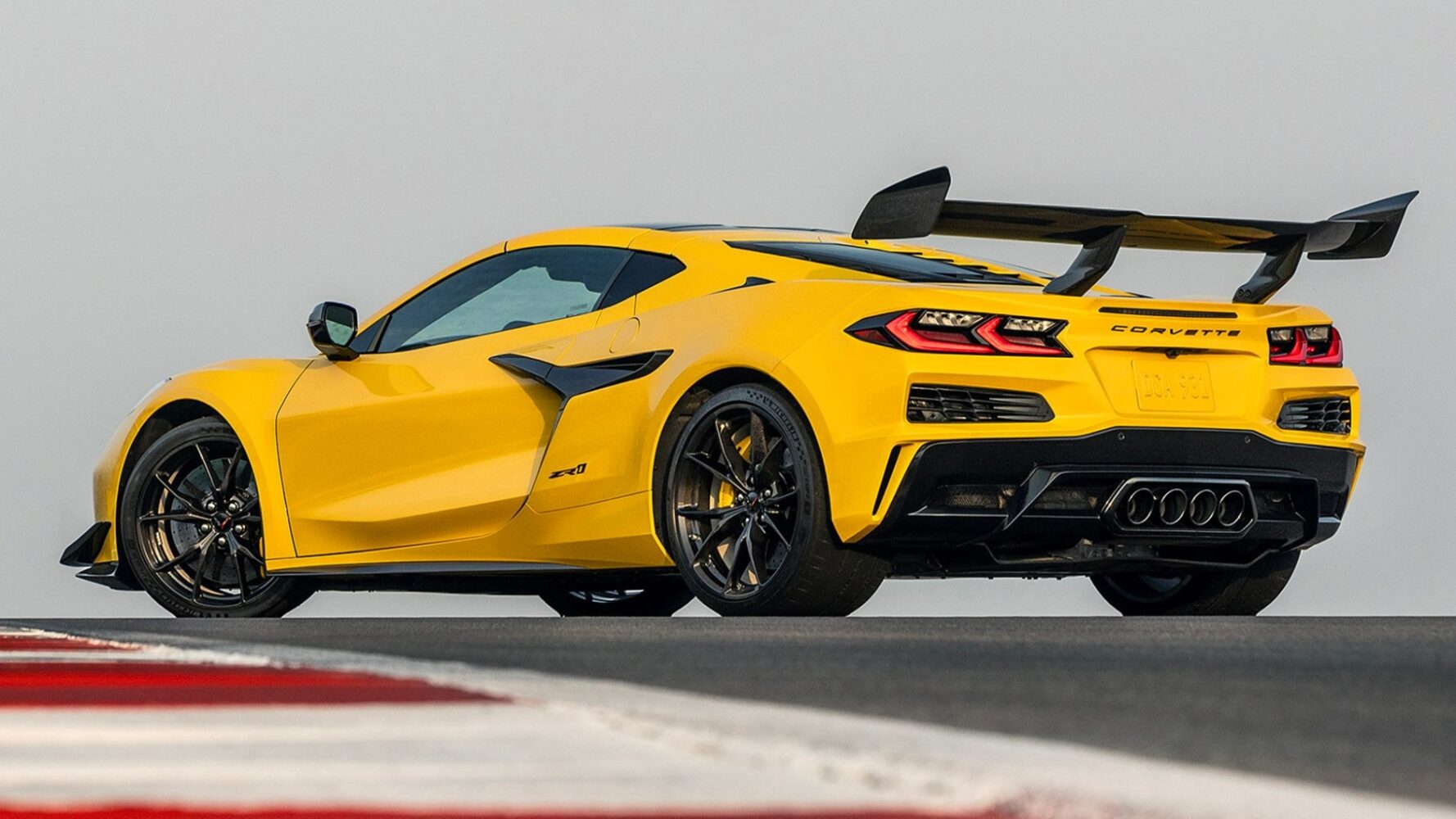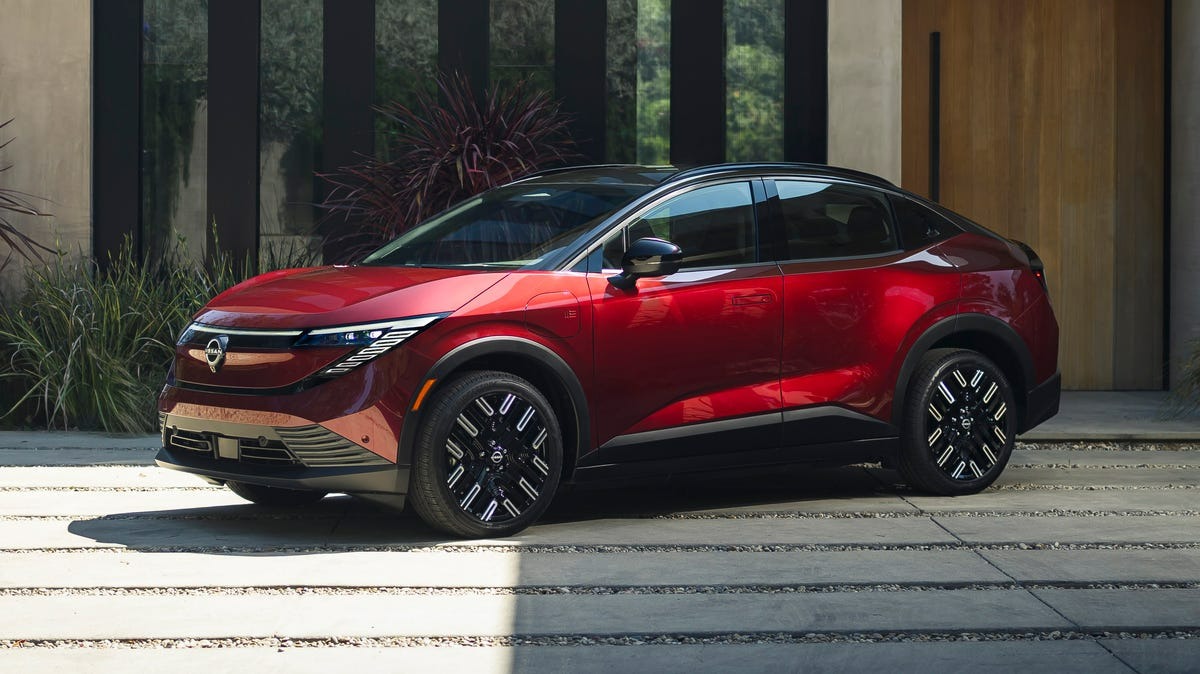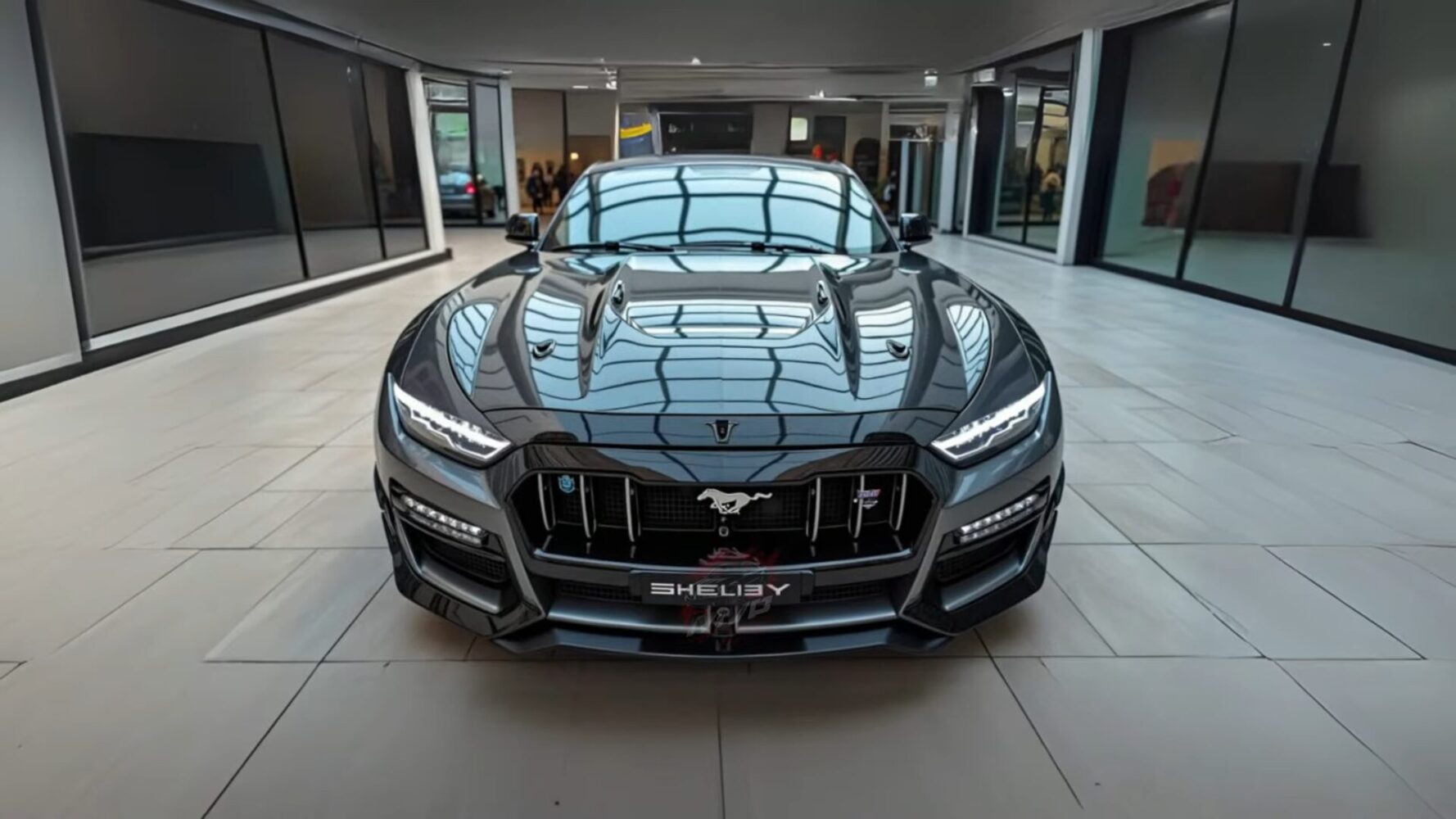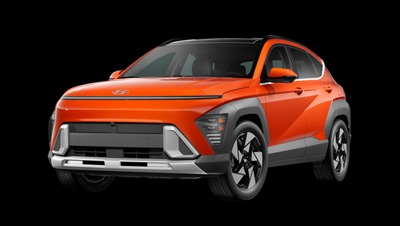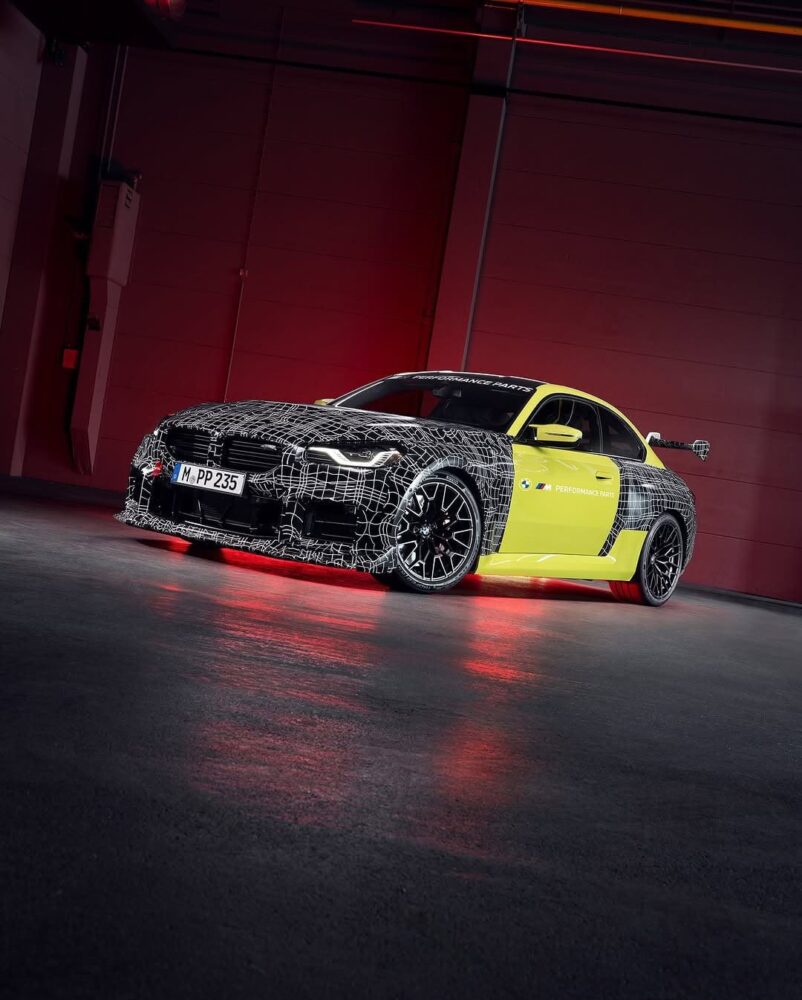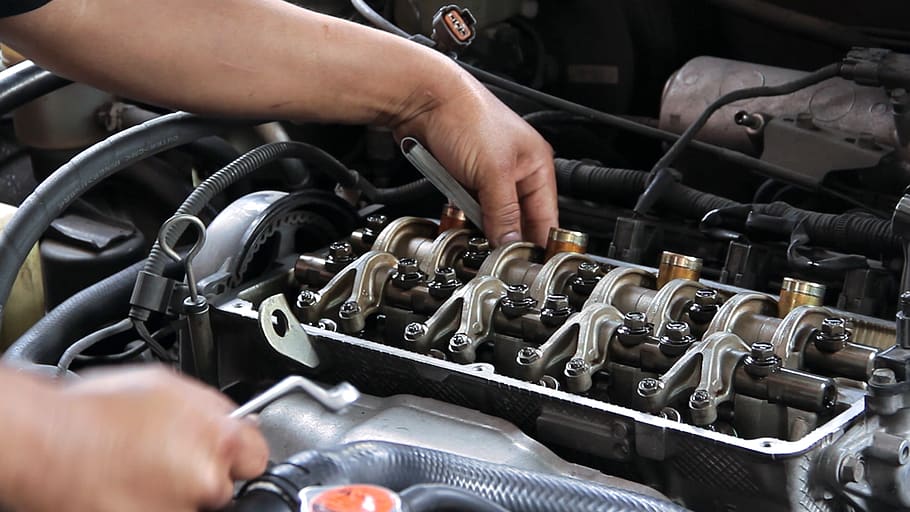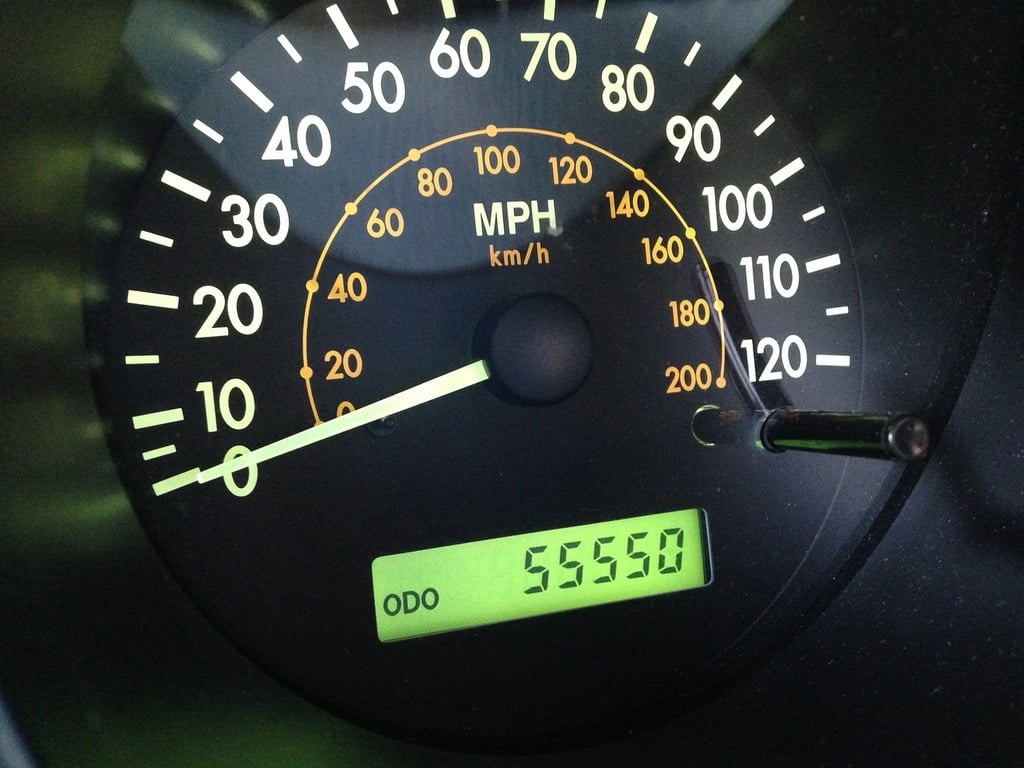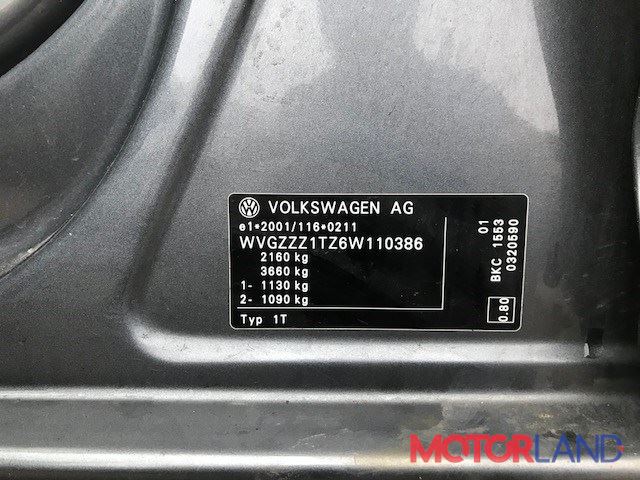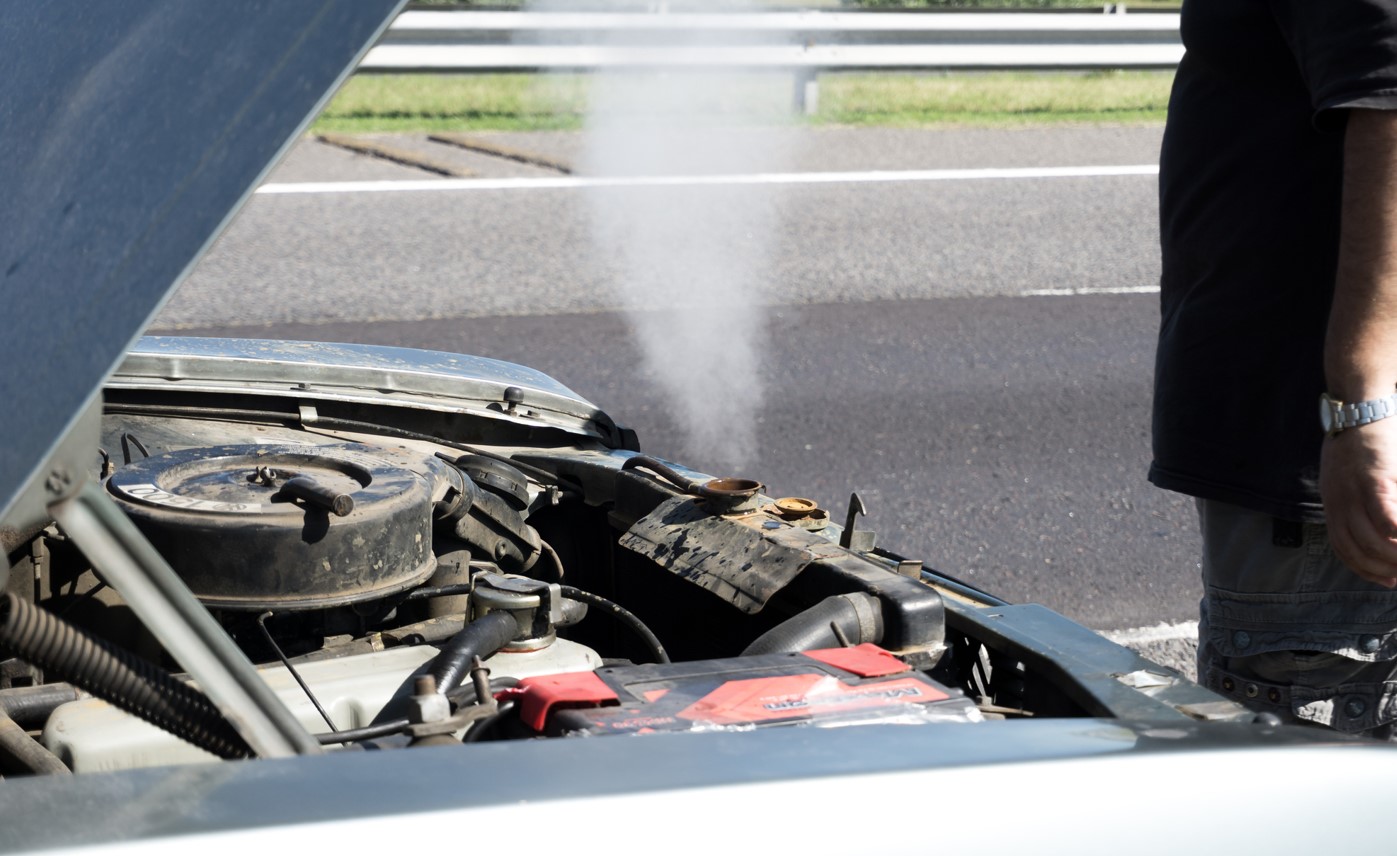The world just lost another $3 million Mercedes-AMG One to flames, and this time the hypercar wasn’t even being transported. The Mercedes-AMG One reportedly caught fire while driving in Oldenburg, a small town in northern Germany, marking the second incident since production began. Spontaneous combustion comes with the territory when dealing with authentic Formula One technology crammed into a street car.
This isn’t some random automotive fire. According to the National Fire Protection Association, 119,681 vehicle fires were reported involving an automobile or passenger vehicle from 2018–2022. That is 56 percent of vehicle fires and 61 percent of all highway vehicle fires. Mercedes-AMG planned to build a mere 275 of these hypercars, so if two have been essentially destroyed by fire, we’re looking at a fire attrition rate of around three-quarters of a percent—nearly 19 times higher than typical vehicles.
“Traditional fire suppression approaches are not as effective on electric vehicle fires as they are with internal combustion engine vehicles,” explains Adam Barowy, research engineer at the Fire Safety Research Institute. The AMG One’s hybrid system combines a 1.6-liter F1 V6 with four electric motors and an 8.4-kWh battery pack. When lithium-ion batteries enter thermal runaway, “There’s no way to stop it until the chemical energy is released. The only thing you currently can do is hit it with a lot of water in hopes of containing it,” according to Randy Bewley, a researcher at Idaho National Laboratory’s Battery Test Center.
The company spent seven years developing this machine precisely because they understood the challenges of adapting F1 technology for street use. The Formula 1-inspired machinery has a complex hybrid system that requires an engine rebuild every 50,000 kilometers (approximately 31,000 miles)—hardly the maintenance schedule most $3 million car buyers expect.
Compare this to other hybrid supercars that have managed their complexity without turning into expensive bonfires, except for other supercar disasters like the temporary damage of the F40. The Ferrari SF90 Stradale, McLaren P1, and Porsche 918 Spyder delivered hybrid performance without documented fire incidents. The difference? They weren’t trying to cram actual Grand Prix hardware into road-legal packaging.
Mercedes-Benz has yet to release an official statement or comment on whether other AMG One owners will be contacted as part of any precautionary technical review. For the remaining 273 owners, that silence probably isn’t the reassuring response they hoped for after dropping hypercar money on a rolling experiment in automotive extremism.
The AMG One represents the absolute pinnacle of automotive engineering—and apparently, the bleeding edge of what happens when Formula One perfectionism meets real-world physics.


